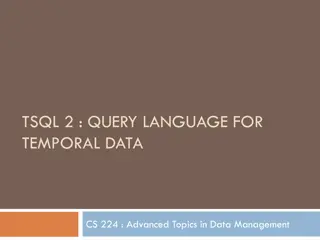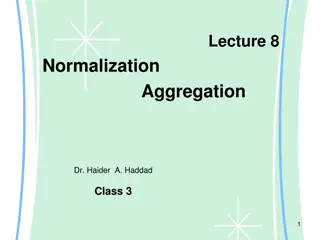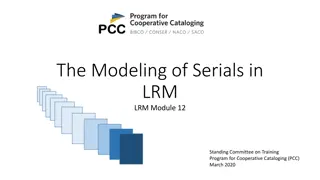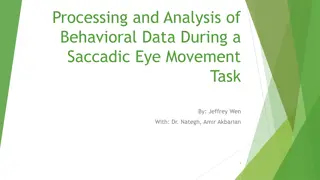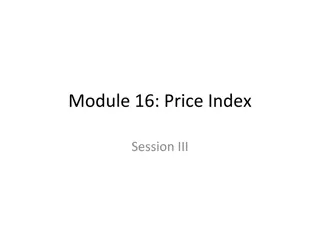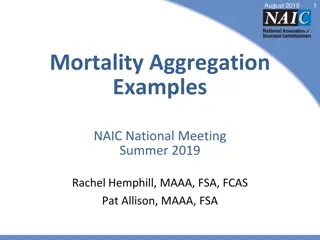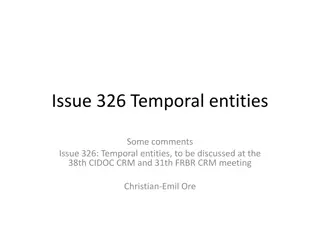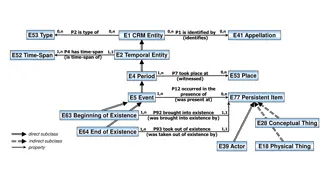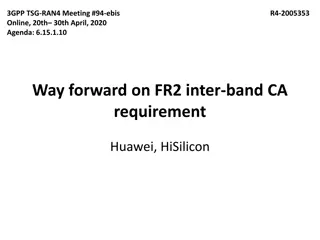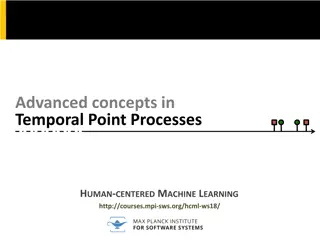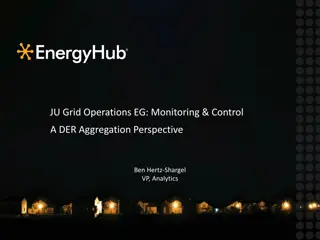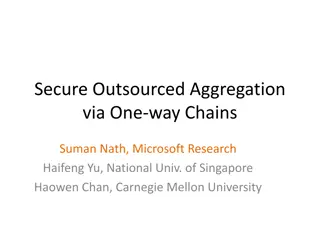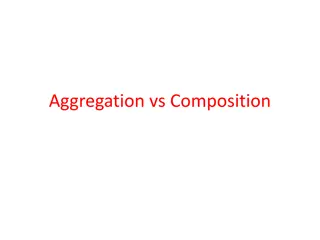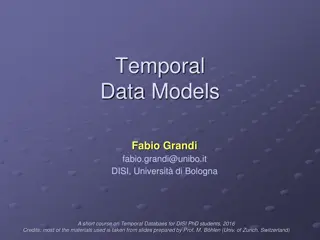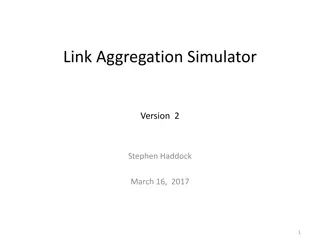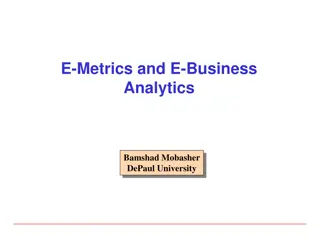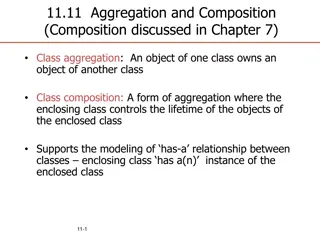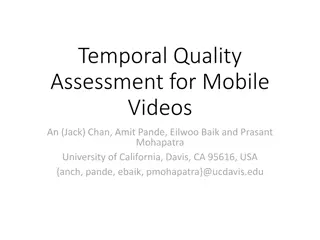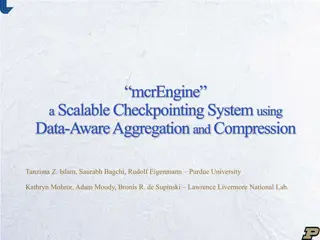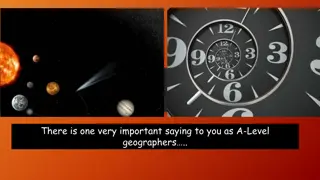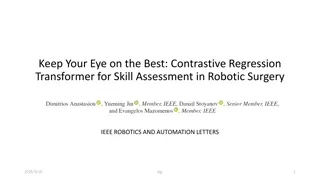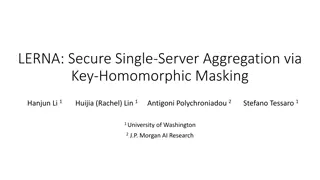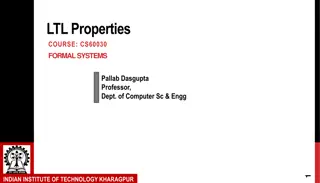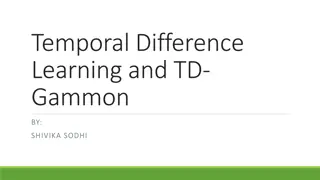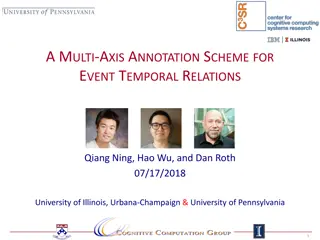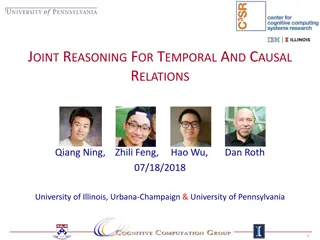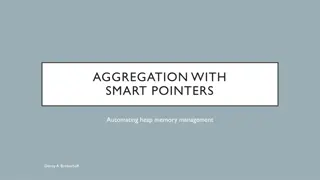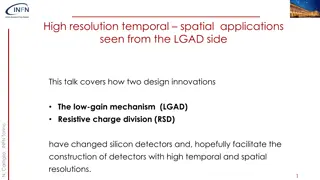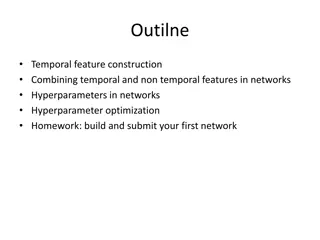Semi-Supervised Credit Card Fraud Detection via Attribute-Driven Graph Representation
Explore a novel approach for detecting credit card fraud using a semi-supervised attribute-driven graph representation. The technique leverages temporal aggregation and attention layers to automatically unify heterogeneous categorical attributes and detect fraudulent transactions without label leaka
1 views • 23 slides
Temporal Data Management in TSQL Queries
Explore the realm of temporal data in TSQL queries, delving into the concepts of valid time and transaction time, different types of relations like snapshot and bi-temporal, and the significance of time dimensions in database management. Learn how temporal databases support time-related queries for
6 views • 41 slides
Localised Adaptive Spatial-Temporal Graph Neural Network
This paper introduces the Localised Adaptive Spatial-Temporal Graph Neural Network model, focusing on the importance of spatial-temporal data modeling in graph structures. The challenges of balancing spatial and temporal dependencies for accurate inference are addressed, along with the use of distri
5 views • 19 slides
Database Normalization and Aggregation Concepts
Understanding the advantages and disadvantages of database normalization, the concept of aggregation in the ER model, and examples of creating ER diagrams using aggregation rules with related entities. Explore the benefits of smaller databases and better performance through normalization, and how ag
4 views • 11 slides
Modeling of Serials in IFLA LRM Module 12 by PCC
Serials in library cataloging are modeled as complex constructs in IFLA LRM with considerations for whole/part and aggregation relationships. This module explores the intricacies of serial manifestations, issue manifestations, and the concept of WEM lock, providing insights into collocating closely-
0 views • 15 slides
Behavioral Data Analysis During Saccadic Eye Movement Task
Visual systems utilize saccades to focus on objects, impacting temporal perception. This study explores the effects of saccades and stimulus location on perceived time, presenting findings from an experiment on temporal perception mapping with fixed visual duration. The method of psychometric functi
1 views • 12 slides
Price Index Formulas and Aggregation Methods
Exploring the significance of price index formulas and aggregation methods in economic analysis. Learn about simple and weighted aggregate indices, elementary index calculations, and why aggregation methods are essential for computing price changes accurately.
2 views • 30 slides
Mortality Aggregation Examples at NAIC National Meeting
In August 2019, key concepts for mortality aggregation were discussed at the NAIC National Meeting. The examples presented covered approaches under VM-20 language, emphasizing the importance of informed mortality segment assumptions through credible aggregation methods.
0 views • 21 slides
Discussion on Temporal Entities and Simultaneity in CIDOC CRM Meeting
Temporal entities and the modeling of simultaneity in CIDOC CRM are under discussion at the upcoming meeting. The current approach considers the cardinality of certain relations, aiming to streamline the representation of time-spans and spacetime volumes. The evolving perspectives on the spatial com
3 views • 5 slides
Temporal and Spatial Information Models
This content delves into the intricacies of temporal and spatial information models, covering concepts such as existence, presence, and spatiotemporal relationships. It explores how entities are identified, events are witnessed, and durations are defined within these models. The interplay between ti
5 views • 9 slides
Agreements on FR2 Inter-Band Carrier Aggregation Requirements
Agreements have been reached on the RRM requirements and scaling factors for FR2 inter-band Carrier Aggregation, focusing on common beam and independent beam management. Discussions include alignment with Release 16 specifications, scenarios, and RF architectures. Interruption requirements for diffe
0 views • 8 slides
Advanced Concepts in Temporal Point Processes for Human-Centered Machine Learning
Explore advanced concepts in temporal point processes through the lens of human-centered machine learning. Topics include marked temporal point processes, independent identically distributed marks, dependent marks, and mutually exciting marks. Learn about stochastic dynamical systems such as the Sus
0 views • 8 slides
DER Aggregation in Monitoring and Control Operations
In the realm of energy grid operations, DER aggregation plays a crucial role from both short and long-term perspectives, focusing on transactive energy and autonomous devices. Communication and coordination are key for successful monitoring and control, with a need for a common framework supporting
0 views • 12 slides
Secure Outsourced Aggregation via One-way Chains - Research Overview
Exploring secure outsourced aggregation techniques using one-way chains for wide-area shared sensing and weather monitoring. The unique characteristics, challenges, and solutions for dealing with malicious aggregators are discussed. The research presents the contributions and advancements in optimiz
0 views • 30 slides
The Difference Between Aggregation and Composition in Object-Oriented Programming
Aggregation and Composition are two important concepts in object-oriented programming. Aggregation refers to a 'has-a' relationship where the contained object can survive independently, while Composition indicates that the member object is part of the containing class and cannot exist separately. Th
1 views • 15 slides
Overview of Temporal Data Models and Time Dimensions in Databases
Explore the concepts of temporal data models and time dimensions in databases, covering topics such as data structures, query languages, different timestamp types, valid time, and transaction time. Learn about the importance of supporting various time aspects in database systems and the complexities
1 views • 52 slides
Overview of Link Aggregation Simulator
This presentation provides an overview of a Link Aggregation Simulator designed to demonstrate and test LACP and DRCP operation. It guides users through creating devices, adding components, including link aggregation, and scheduling events. The simulator allows for testing of network components and
0 views • 20 slides
E-Metrics & E-Business Analytics Overview
Web usage mining and e-business analytics play a crucial role in understanding and predicting online customer behavior. This involves answering important questions related to visitor origin, on-site activities, customer satisfaction, outcomes, content preferences, profitability analysis, and more. D
0 views • 28 slides
Aggregation and Composition in Object-Oriented Programming
Aggregation and composition are essential concepts in object-oriented programming, defining relationships between classes and objects. Aggregation allows objects of one class to own objects of another class, while composition represents a stronger relationship where the enclosing class controls the
0 views • 14 slides
Temporal Quality Assessment for Mobile Videos
This research focuses on developing a novel Temporal Variation Metric (TVM) to assess the temporal quality of mobile videos. The approach aims to accurately measure temporal information without the need for optical flow methods, making it suitable for embedded devices. The methodology, including the
0 views • 20 slides
Probabilistic Database Model
This research explores the development of a temporal-probabilistic database model to handle uncertain temporal facts obtained from information extraction methods. Motivated by the need for scalable query engines and a lack of unified approaches supporting both time and probability aspects, the study
0 views • 21 slides
Temporal Graph Analysis for Real-world Graph Evolution
Chronos: A Graph Engine for Temporal Graph Analysis in a social graph environment from years 2012 to 2014. Uncover insights through temporal graph properties and user ranking variations across different years. Discover the evolution of real-world graphs and the computation of properties on graph sna
0 views • 43 slides
Smart Contracts for Information Aggregation in Economics
Smart contracts play a vital role in replicating market functions and information aggregation in economics. This study by Jiasun Li, an Assistant Professor of Finance at George Mason University, delves into how smart contracts can mimic the functions of traditional markets like Uniswap and Bancor. E
0 views • 22 slides
Digital Twin Navigator: Temporal Scales and Strategy
A Digital Twin offers a wide spectrum of possibilities, with varying temporal scales and strategic implications. Learn how different temporal scales influence decision-making and see a practical example of a digital twin strategy for a new hospital building. Discover the sophistication levels and ke
0 views • 11 slides
mcrEngine: A Scalable Checkpointing System Using Data-Aware Aggregation and Compression
This research by Tanzima Z. Islam, Saurabh Bagchi, Rudolf Eigenmann from Purdue University, along with Kathryn Mohror, Adam Moody, and Bronis R. de Supinski from Lawrence Livermore National Lab, introduces mcrEngine, a scalable checkpointing system that implements data-aware aggregation and compress
0 views • 30 slides
Extracting Dense Regions from Hurricane Trajectory Data
This research paper discusses the extraction of dense regions from hurricane trajectory data using spatio-temporal analysis techniques. The study explores the application of DBSCAN algorithm and temporal extension for clustering hurricane data based on spatial and non-spatial attributes. Experimenta
0 views • 21 slides
Mastering Spatial and Temporal Evaluation in A-Level Geography
Enhance your spatial and temporal evaluation skills as an A-Level geographer by delving into the importance of evaluating space and time, particularly within the context of the Australia Wildfires 2019. Understand spatial analysis, impact significance, and temporal evaluation scales to deepen your c
0 views • 13 slides
Contrastive Regression Transformer for Skill Assessment in Robotic Surgery
Explore the innovative Contrastive Regression Transformer model, Contra-Sformer, tailored for skill assessment in robotic surgery. This model focuses on expressing the similarity levels between surgical executions, enabling precise evaluation based on spatio-temporal deviations from a reference. Lev
0 views • 24 slides
Server Aggregation via Key-Homomorphic Masking for Secure Single-Server Aggregation
Explore the concept of Secure Single-Server Aggregation through key-homomorphic masking, addressing the issues of leakage in federated learning by focusing on client-server interactions, system assumptions, robustness, and privacy guarantees. Prior works and baseline comparisons are also discussed.
0 views • 41 slides
Understanding Formal Systems and Temporal Logic for System Design
Explore the fundamentals of temporal operators, logic, and transition systems in formal system design, with a focus on the importance of temporal logic and its application in implementing logical specifications. Dive into the world of assertion IPs, temporal properties, and Kripke structures for a d
0 views • 88 slides
Temporal Difference Learning and TD-Gammon: Advancements in Reinforcement Learning
Explore TD-Gammon, a neural network that learns backgammon by self-play, uncovering novel approaches in reinforcement learning. Understand the benefits of reinforcement learning, challenges like temporal credit assignment, and advancements in nonlinear function approximation methods like Temporal Di
0 views • 27 slides
Temporal Relations Annotation Scheme for Event Understanding
Explore a multi-axis annotation scheme for event temporal relations, addressing challenges of low inter-annotator agreement and time-consuming processes. The approach redefines the task to enhance accuracy and efficiency in temporal relation extraction.
0 views • 23 slides
Understanding Joint Reasoning for Temporal and Causal Relations
Explore the importance of understanding temporal and causal relations in events, leveraging examples to illustrate how temporal and causal determinations are interconnected. Discover how time-sensitive information aids in establishing relationships between events, enhancing comprehension through joi
0 views • 22 slides
Automating Memory Management with Smart Pointers in C++
Discover how to automate heap memory management in C++ using smart pointers to improve efficiency and reduce memory leaks. Learn about aggregation with raw pointers, simple aggregation with smart pointers, shared aggregation, and advanced concepts like unique_ptr and shared_ptr.
0 views • 12 slides
Understanding High-Resolution Temporal Spatial Applications with LGAD
Delve into the innovative design concepts like LGAD and RSD transforming silicon detectors for enhanced temporal and spatial resolutions. Explore the advancements made by INFN Torino in silicon sensor technology for improved tracking capabilities, utilizing LGAD-based detectors and FAST ASICs. Uncov
0 views • 37 slides
Optimizing Network Performance with Hyperparameters and Temporal Features
Explore the intricate world of hyperparameter optimization, combining temporal and non-temporal features in network construction. Dive into learning rates, optimizers, network architecture, activation functions, and more for building your first efficient network. Get ready to train a network and sub
0 views • 5 slides
IEEE 802.11-20: MSDU Fragmentation and Aggregation in Multi-Link Operation
In this document dated May 2020, the topic of MSDU fragmentation and A-MSDU aggregation in Multi-Link Operation is addressed, discussing issues related to recipient STA determination, handling of fragmentation and aggregation, and implications of retransmissions to different peer STAs.
0 views • 12 slides
IEEE 802.11-19/1505r2 Multi-link TXOP Aggregation Considerations
Explore the impact and considerations of multi-link TXOP aggregation in IEEE 802.11-19/1505r2, focusing on boosting medium access for high throughput applications and minimizing negotiation overhead for link switching. The presentation delves into the backoff procedures, aggregated link consideratio
0 views • 8 slides
Bayesian Analysis of Spatio-Temporal Dynamic Panel Models
Explore the Bayesian analysis of spatio-temporal dynamic panel models with fixed and random effects. Learn about the spatial and temporal correlation in data and the estimation of covariance functions. See how these models are applied to analyze economic factors affecting crime data in Tehran city.
0 views • 32 slides
Coherent Probabilistic Forecasting for Temporal Hierarchies Presentation by Syama Rangapuram
Explore the framework for coherent probabilistic forecasting in temporal hierarchies presented by Syama Rangapuram. Discover how this end-to-end approach enhances forecasts across various temporal granularities, guaranteeing non-negativity and reducing model variance.
0 views • 8 slides

